Enschedé: A Rare Peek Inside The Secretive World Of Bank Note Printing
Owen Linzmayer recently visited the historic security printing company Royal Johannes Enschede in the Netherlands.
by Owen Linzmayer |
Published on June 14, 2024

Download the Greysheet app for access to pricing, news, events and your subscriptions.
One of the highlights of my recent trip to the MIF Paper Money Fair in Maastricht was attending a presentation by Marcel Klok, Sales Director Banknotes, of the storied Dutch security printer Royal Johannes Enschedé. His presentation briefly touched on the history of the firm established in 1703, and gave a nice overview of the process of banknote printing from conception, design, approval, and mass production. While Enschedé no longer prints legal tender banknotes for nations, they are still a major player in printing other security documents such as passports and stamps, as well as “commercial banknotes” for private entities that capitalize on their expertise in anti-counterfeiting features and distinctive numismatic designs.
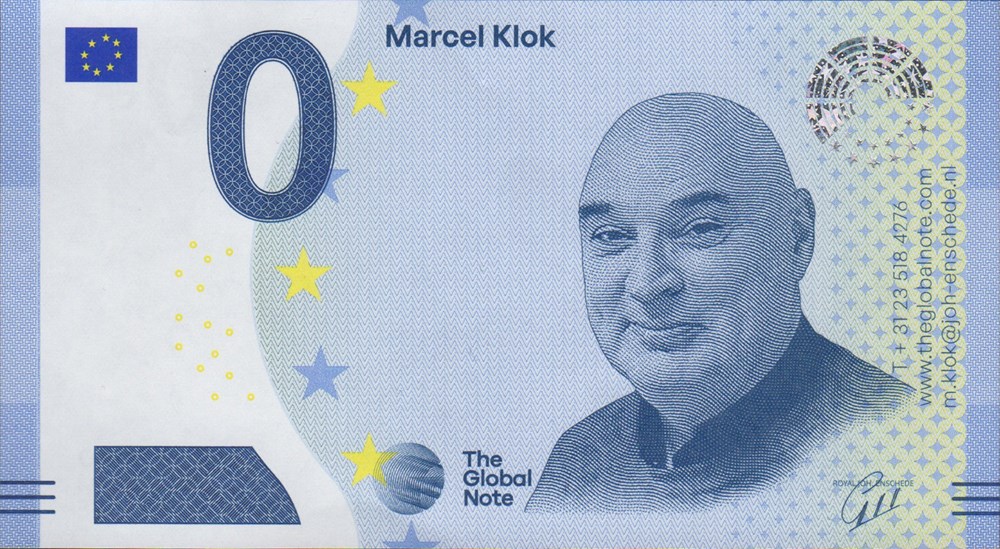
At the end of his presentation, Klok extended an open invitation to the audience to visit Enschedé in Haarlem. Knowing that banknote printers are usually very discrete and secretive, I eagerly accepted this rare offer and was pleasantly surprised when he confirmed my visit for two days after MIF ended. An easy 15-minute train ride from Amsterdam brought me to the outskirts of Haarlem where the Enschedé plant sits adjacent to an IKEA furniture store. The nondescript low-slung industrial building is surrounded by a steel perimeter fence topped with spikes and razor wire, reinforced with granite bollards, and plenty of security cameras; all clues that there’s something special going on inside.
Only after the guards confirmed my appointment was I allowed to set foot on the premises, but still had to pass through a “man trap” similar to an airport full body scanner. Once inside the lobby, I was given red stickers to place over the camera lenses on my phone and laptop to ensure compliance with the “no photos” rule. While I wasn’t allowed to take photos, Enschedé has a 2-minute video on YouTube that gives a glimpse of what I saw.
My tour started with Klok meeting me in the lobby and escorting me upstairs to his office for some coffee, pastries, and chat about the banknote business. After suiting up with a high-visibility safety vest, it was off to the factory floor for the real behind-the-scenes tour. The printing room is vast, with natural light spilling in from the windows along the high ceilings. The distinct chemical smell of fresh ink filled the air and transported me back to the print shop in the basement of my high school, where I learned to set movable type while upstairs we were being taught to use word processors in computer class.
Much of the equipment at Enschedé was familiar to me from my high school print shop training, though on a much different scale, to be sure. At one point Klok asked if I wanted to “enter the printer” and I thought it must have been a translation error or I misheard somehow. But in fact the intaglio printer is so large that there are areas where one can literally stand upright inside, watching the paper feed onto drums that churn incessantly. At a light table, Klok pulled out some sheets with pages of a passport of an African country so that we could examine the fine raised intaglio printing and other security features. Elsewhere in the factory, I saw self-adhesive German postage stamps on spools as large as tractor trailer tires. After high-speed ink-jet printers applied unique bar codes to each stamp that allows for digital tracking and cancelation, the enormous spools were sliced into small coils of stamps, each boxed for retail sale.
Enschedé wasn’t printing any banknotes when I visited, but our next stop on the tour was downtown Haarlem, to the site of the original Enschedé printing facility that had produced notes from 1810 until 1990. Driving down the ramp to the underground parking garage, Klok pointed out that our car was entering the old banknote vaults, though there was no remainders to be found, alas. The old Enschedé printing complex is an ornate brick building with lots of visually interesting architectural details, including a clock tower and memorial plaque.
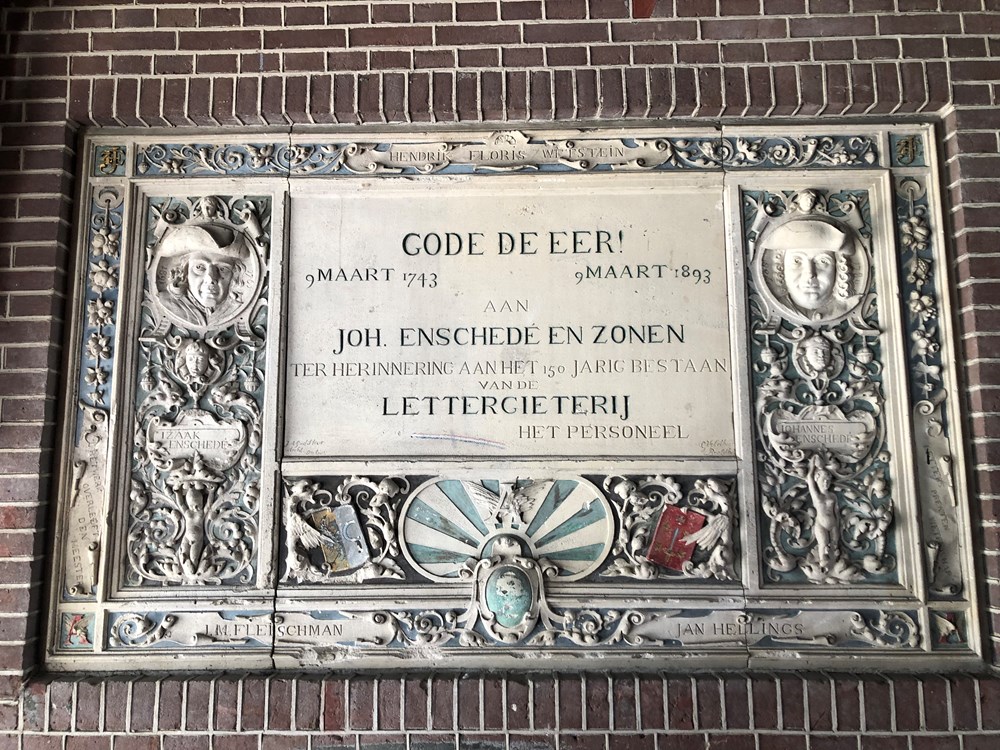
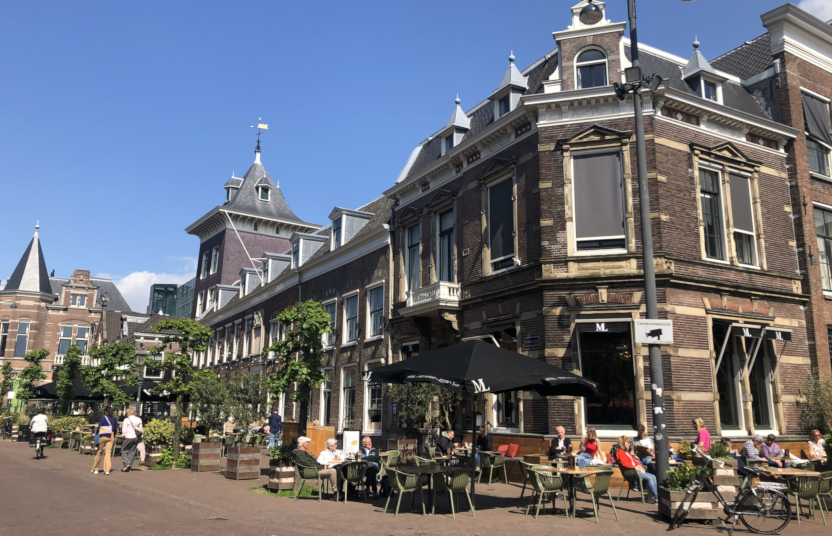
A short walk though the charming streets of Haarlem brings us to the courtyard arches of Noord-Hollands Archief (North Holland Archive) where Enschedé has a small public museum on the second floor of an old deconsecrated church. Visitors to the free Enschedé museum can follow the guided audio narration tour, or read the plaques (in Dutch and English) as they explore the various display cases that explain printing in general, and Enschedé’s unique contributions in particular. Don’t forget to pull out the drawers in the cases to see the many treasures shielded from the light. The museum isn’t that large, but anyone interested in banknotes could easily spend an hour drooling over the rare notes and unadopted designs on display. When you’re done with the museum, enjoy exploring Haarlem, which is just as picturesque as Amsterdam, but with far fewer tourists. I thoroughly enjoyed my visit to the Enschedé museum in Haarlem and recommend it as a fun day-trip to any banknote enthusiast visiting Amsterdam.
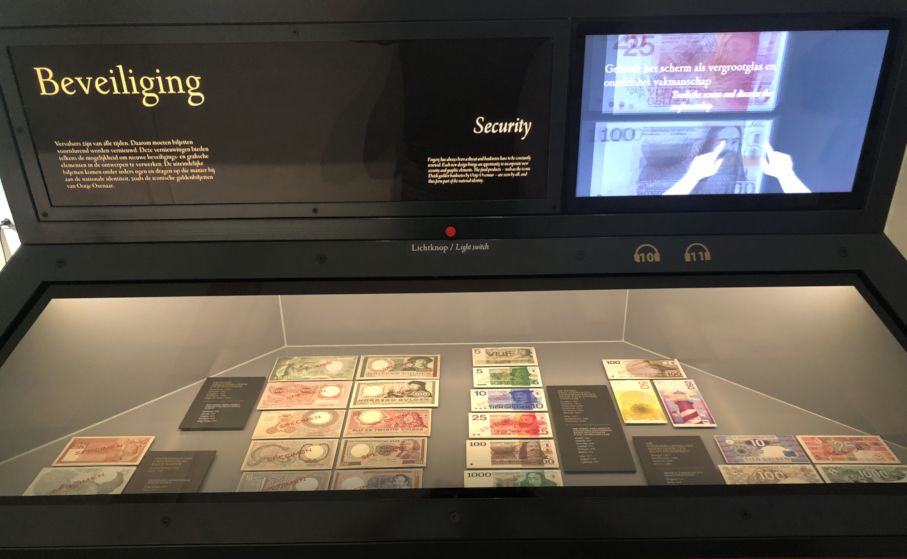
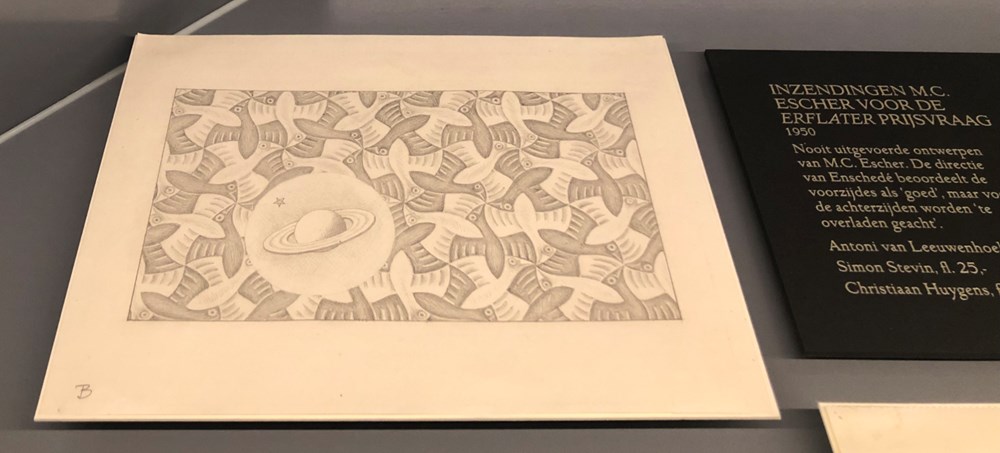





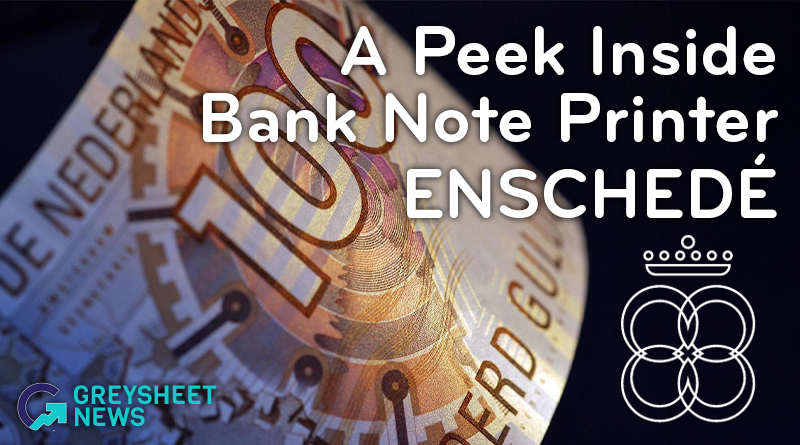

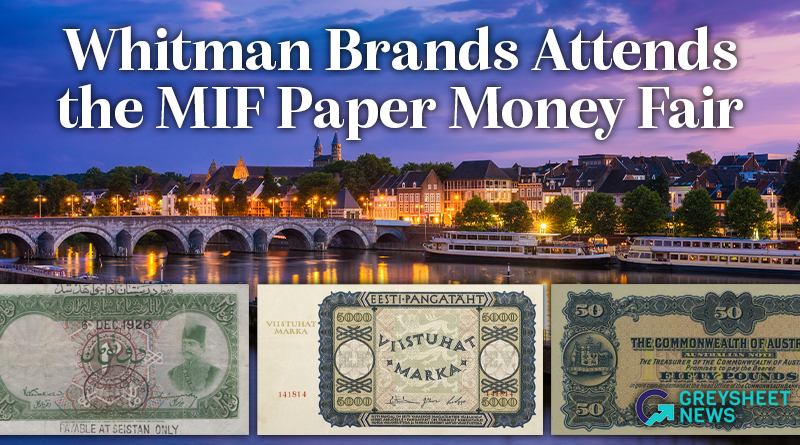

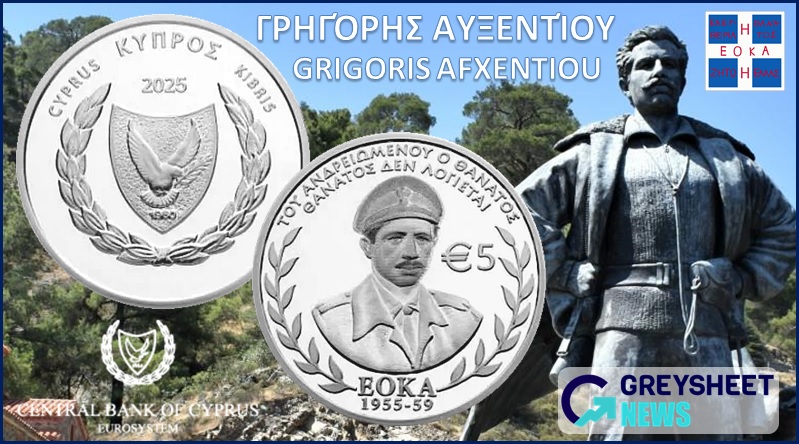

Please sign in or register to leave a comment.
Your identity will be restricted to first name/last initial, or a user ID you create.
Comment